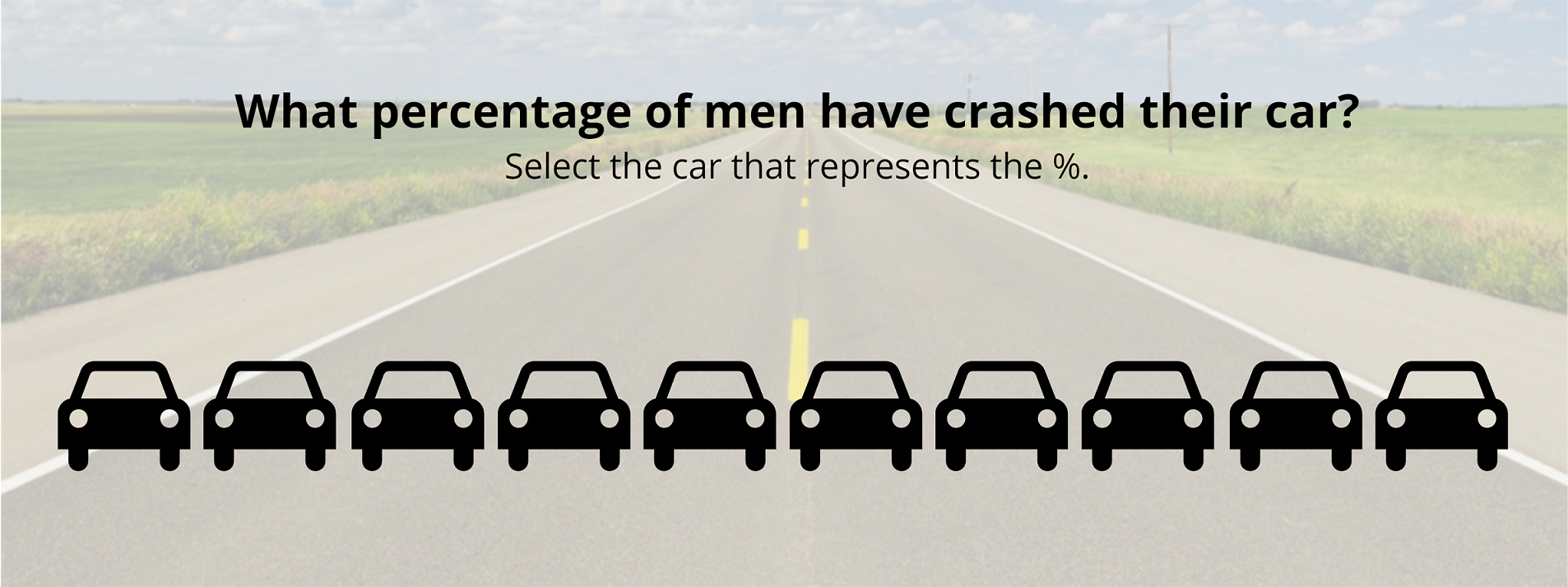
There are very few people out there who want life to be as difficult as possible. Most of us want to do things and to learn things in the easiest way possible.
Luckily, when it comes to presenting information, we’ve made progress in leaps and bounds in this regard.
Old-school data analysis
First came charts and graphs, which significantly simplify text to demonstrate the relationship between and among data. Trends can be seen with ease.
Then came infographics, which aim to further simplify data presentation. Learners no longer need to be familiar with types of graphs and their characteristics. Instead they can be engaged in data interpretation in fun and colourful ways. Learners also receive an extra boost of context based on the design of the infographics.
Interactive infographics
Now the interactive infographics have arrived. These have all the benefits of the regular infographics but with the added benefit of encouraging thought and activation of prior knowledge. The Articulate Community recently did an eLearning Heroes Challenge on interactive infographics. Check out some of the submissions here.
Activating prior knowledge and encouraging thoughtful participation
Now, this post is not about how to create an interactive infographic; instead, it about how to ensure that there is ‘information interaction’ included in your ‘interface interactions’ (for more on this concept, see this previous post).
What’s the easiest way to get learners thinking about infographics? Withhold the information until they have made a guess about the answer. Check out the example below of a tiny piece of an infographic.
Notice how it makes you think more deeply about the content than if you were simply presented with the information from the start? It also helps with making connections to your prior knowledge at the same time. It may have even made you do a quick internet search for more information. Activating prior knowledge can help make learning last by creating links to the new information.
Now, I’m still on the fence about full-on gamification (I need to learn more before I can develop an informed opinion), but adding in small elements of gamification (for example a score, a countdown timer, or a leaderboard) could further encourage learners to answer the questions with more thought or enthusiasm.
Conclusion
As with most things in life, a bit of interactivity increases interest. As with most things eLearning, the type of interactivity that actually encourages learning is information interaction. Before building your interactive infographics, consider how you can encourage your learners to engage thoughtfully with the content, rather than just clicking away.
